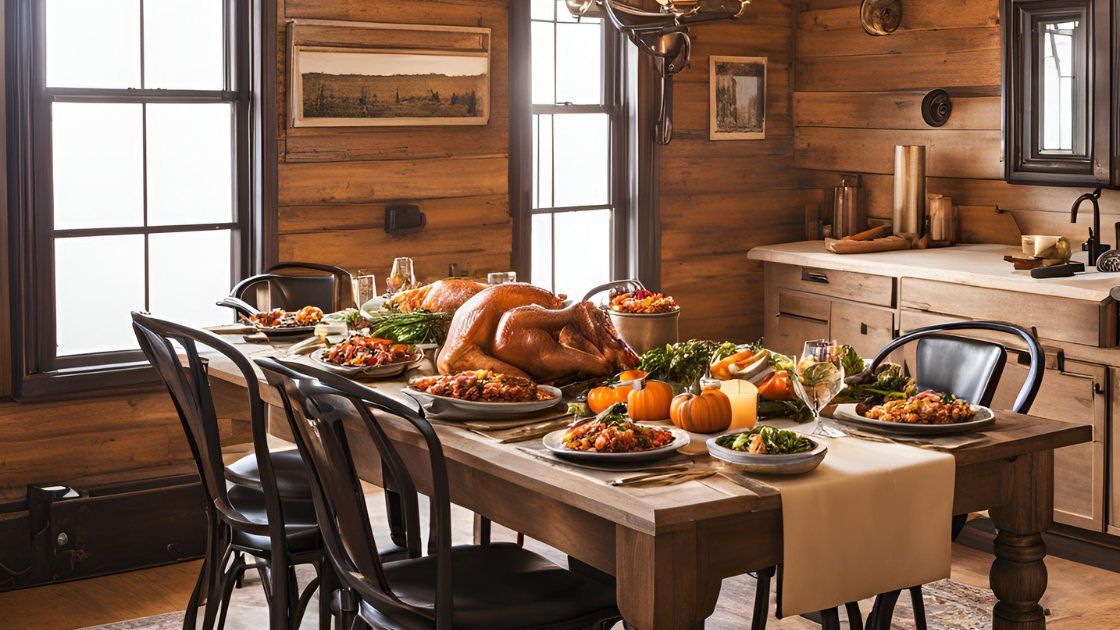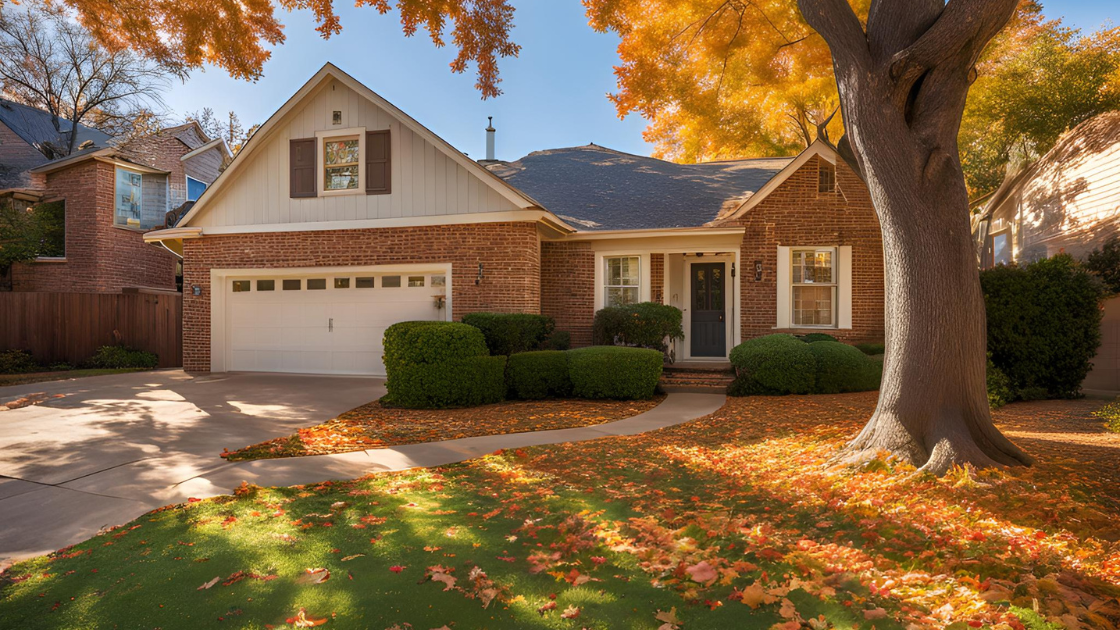The holiday season is upon us, and while Dallas might not experience the frigid winters of some northern states, it’s still essential to prepare your plumbing for colder temperatures. Whether you’re hosting family and friends or simply want a cozy and hassle-free holiday season, taking a few steps to winterize your plumbing can make all the difference. In this guide, we’ll provide you with valuable tips to ensure your plumbing remains in top shape, allowing you to focus on what truly matters during this special time of year.
Insulate Exposed Pipes: Dallas, though known for its generally milder winters compared to some northern regions, still experiences temperature drops during the winter months that can catch homeowners off guard. Even a moderate dip in temperature can have a significant impact on your plumbing system. Therefore, insulating exposed pipes is a critical first step in preparing your plumbing for the chilly season.
- Understanding the Risk: To appreciate the importance of insulating exposed pipes, it’s essential to grasp why they are vulnerable to the cold. In unheated areas like basements, crawl spaces, or attics, these pipes lack the benefit of warm indoor temperatures, making them susceptible to freezing. When water inside these pipes freezes, it expands, exerting substantial pressure on the pipe walls. This pressure is what poses the risk of pipes bursting, leading to costly water damage and plumbing repairs.
- The Insulation Solution: Insulating exposed pipes acts as a protective barrier, shielding them from the frigid temperatures. There are a couple of effective methods for insulating pipes:
- Foam Sleeves: Foam sleeves are readily available at most hardware stores and come in various sizes to fit different pipe diameters. These sleeves provide a layer of thermal insulation, helping to maintain a stable temperature around the pipes. They are easy to install and provide a cost-effective solution.
- Heat Tape: Heat tape, also known as heating cable, is another valuable option. This electrical tape can be wrapped around pipes susceptible to freezing. When activated, heat tape generates warmth, preventing the water inside the pipes from freezing. Heat tape is particularly useful for areas with extreme cold spells.
By insulating exposed pipes with either foam sleeves or heat tape, you create a protective barrier that prevents the pipes from reaching freezing temperatures. This simple yet effective measure ensures a continuous and uninterrupted flow of water throughout your home during the winter months. It’s an investment in the longevity and reliability of your plumbing system, safeguarding your property from the potential chaos of burst pipes and water damage, even in the milder winters of Dallas.
Seal Cracks and Gaps: Sealing cracks and gaps in your home’s exterior is an essential step in the process of winterizing your plumbing. These small openings may seem inconspicuous, but they can allow frigid outdoor air to infiltrate your home, creating cold drafts that can have a direct impact on your plumbing system. To ensure your pipes remain free from freezing, it’s imperative to meticulously inspect and seal these vulnerabilities.
- Identifying Trouble Spots: Before you can effectively seal cracks and gaps, you need to identify where they exist. Start by conducting a thorough examination of the exterior of your home. Pay close attention to areas where different building materials meet, such as where siding meets the foundation or where the chimney meets the roof. These junctions are common spots for gaps to form.
- Inspect Doors and Windows: In addition to examining the structural seams of your home, focus on the areas around doors and windows. Even the smallest crevice can allow cold air to enter your living spaces. Check the weatherstripping around doors and windows for signs of wear and tear. If you notice any deterioration, it’s a good idea to replace it to ensure a tight seal.
- Where Pipes Enter: Another critical area to inspect is where pipes and cables enter your home. These entry points can be a prime source of cold drafts. Ensure that any gaps around these penetrations are adequately sealed. Caulk is often an effective choice for sealing gaps around pipes and cables.
- Choosing the Right Materials: When sealing cracks and gaps, choose the appropriate materials for the job. For smaller cracks and seams, caulk is a versatile and easy-to-use option. It’s available in various types, including silicone and acrylic, each offering different properties. For larger gaps or where flexibility is needed, consider using weatherstripping. It comes in different forms, such as adhesive-backed foam or rubber strips, and is designed to provide an airtight seal.
- Professional Assessment: If you’re unsure about the effectiveness of your efforts or if you suspect there may be hidden gaps in hard-to-reach areas, it can be beneficial to consult with a professional. A professional inspection can identify areas that require attention and ensure that all vulnerable points are properly sealed. Contact us at 214-328-7371 to schedule an appointment today.
By diligently sealing cracks and gaps around your home, you create a barrier against cold drafts, which can help maintain a more consistent indoor temperature. This not only contributes to the comfort of your living spaces but also plays a crucial role in preventing frozen pipes. By addressing these potential entry points for cold air, you are taking proactive steps to protect your plumbing system from the risk of freezing and the subsequent damage it can cause.
Faucet Drip Prevention: Allowing your faucets to drip during extremely cold nights can help prevent frozen pipes. This keeps water moving through the pipes, reducing the risk of freezing. While this may result in a minor increase in your water bill, it’s a small price to pay to avoid the headache of dealing with frozen pipes.
Maintain Adequate Heating: Maintaining a consistent indoor temperature is essential to prevent frozen pipes. Even when you’re away, it’s advisable to keep your heating system on, especially if temperatures are expected to drop significantly. Setting your thermostat at a consistent temperature can help ensure that your plumbing remains unaffected by external cold.
Check Insulation in Attic and Crawl Spaces: Inadequate insulation in your attic or crawl spaces can lead to freezing temperatures in these areas, affecting the pipes nearby. Ensure that your insulation is in good condition and add more if needed. This will help maintain a warmer environment around your plumbing, reducing the risk of frozen pipes.
Drain Outdoor Faucets and Hoses: Disconnect garden hoses from outdoor faucets and drain any remaining water from the hoses. Leaving hoses connected can cause outdoor faucets to freeze and potentially burst. Additionally, consider installing freeze-proof faucets to prevent outdoor plumbing issues during the winter.
Schedule a Professional Inspection: For added peace of mind, schedule a professional plumbing inspection before the holiday season arrives. Experienced plumbers can identify potential issues, insulate pipes, and provide expert advice on winterizing your plumbing.
As you prepare for a cozy and memorable holiday season, don’t forget to include your plumbing on the checklist. Taking these proactive steps to winterize your plumbing will not only ensure a hassle-free holiday but also protect your home from potential damage. Remember, prevention is key, and investing a little time and effort now can save you from costly plumbing repairs and disruptions in the future. Wishing you a warm and joyful holiday season from Metro Flow Plumbing!
If you notice any of these signs or suspect plumbing issues, don’t hesitate to contact Metro Flow Plumbing at 214-328-7371. Our certified and insured plumbers have the expertise to diagnose and address plumbing problems promptly, ensuring the integrity of your plumbing system and the well-being of your home. Remember, early intervention can save you time, money, and the inconvenience of dealing with severe plumbing issues.

About Metro-Flow Plumbing in Dallas, TX
Metro-Flow Plumbing was founded in 1989 under three core principles: to provide the best plumbing service, outstanding customer service, and to always be honest with its customers. These principles have kept Metro-Flow Plumbing in business for over 30-years. Rick Romero, Founder and Master Plumber at Metro-Flow Plumbing, as well as the trained technicians at Metro-Flow Plumbing, take great pride in the work they provide to their customers in Dallas and surrounding cities. Metro-Flow Plumbing offers a 100% service guarantee to all their customers.




